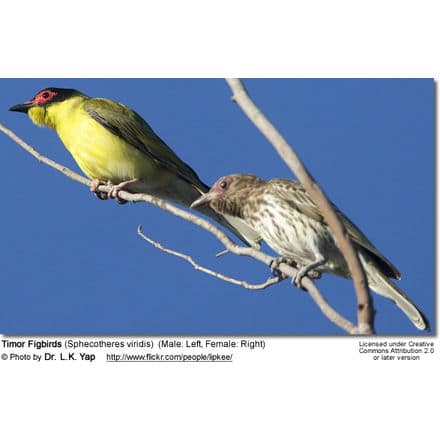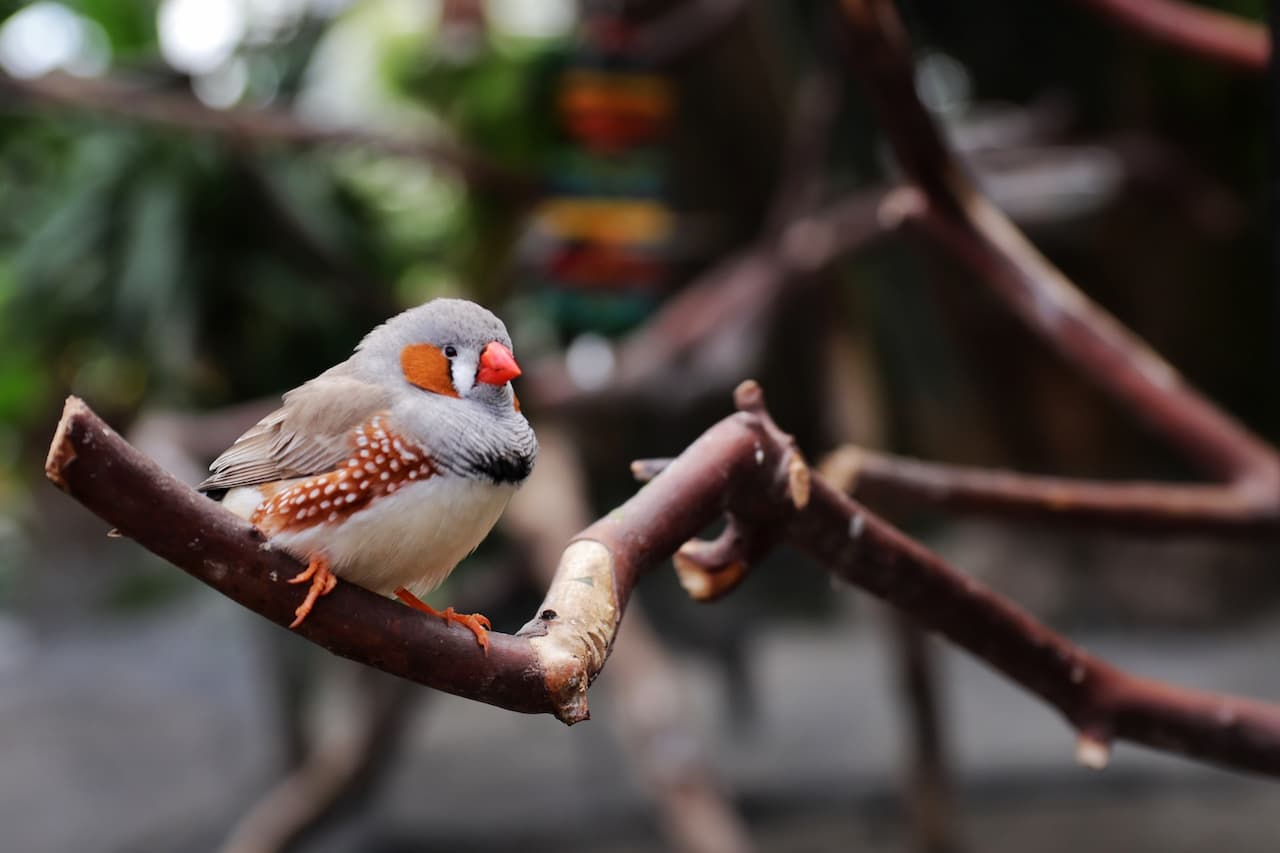Greater Flameback Woodpeckers aka Large Golden-backed Woodpeckers
The Greater Flameback, Chrysocolaptes lucidus also known as the Large Golden-backed Woodpecker or Malherbe’s Golden-backed Woodpecker, is a woodpecker that is a widespread and common resident breeder from the Indian subcontinent eastwards through tropical southern Asia to the Philippines and Indonesia.
Member of the Picidae Family:
Woodpeckers … Sapsuckers … Flickers
Woodpeckers in your Yard: Building A Home for Northern Flickers … What to do when Woodpeckers become a problem
This flameback is a species associated with a fairly open forest. It is found in the foothills of the Himalayas and the forests of the Western Ghats. It nests in a tree hole, laying three or four white eggs.
Description:
Like other woodpeckers, this species has a straight pointed bill, a stiff tail to provide support against tree trunks, and zygodactyl or “yoked” feet, with two toes pointing forward, and two backward. The long tongue can be darted forward to capture insects, but Greater Flameback will also take nectar.
The Greater Flameback is a large species at 33cm in length. It is of typical woodpecker shape, with an erect crest and a long neck. Coloration is highly variable between subspecies; it always has an unmarked golden yellow to dark brown back and wings. The rump is red and the tail is black.
The underparts are white with dark markings (chevrons, stripes, or bands), or light brown. The head is whitish with a black pattern, or it is yellow, brown, or red. Unlike the Black-rumped Flameback, Dinopium benghalense, white-and-black-headed birds have a dark moustache stripe divided by white, and the black of the eye patch is joined to that of the nape.
The adult male Greater Flameback always has a red crown. Females have a crown color varying between subspecies, such as black spotted with white, yellow, or brown with lighter dots. Young birds are like the female, but duller.
The Sri Lankan subspecies, C. l. Strickland has very dark wings. It is sometimes considered a separate species.





